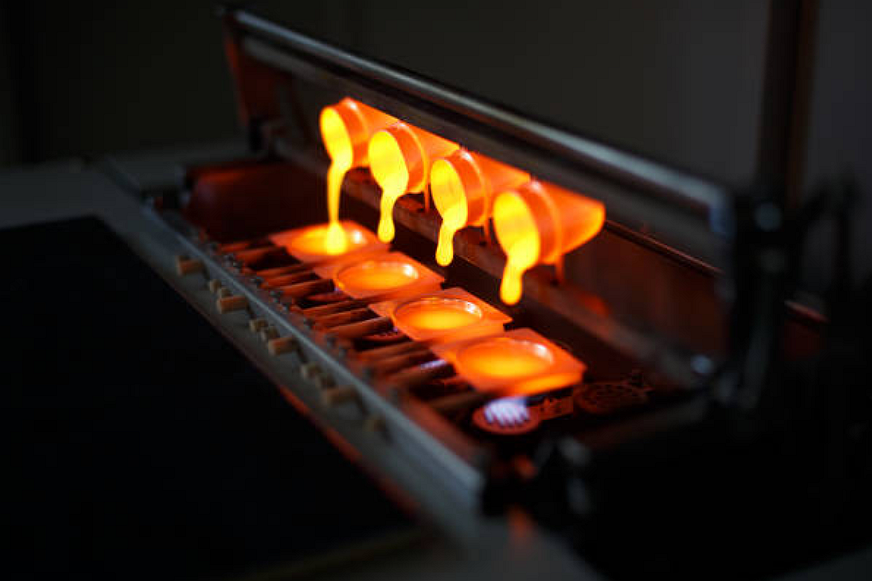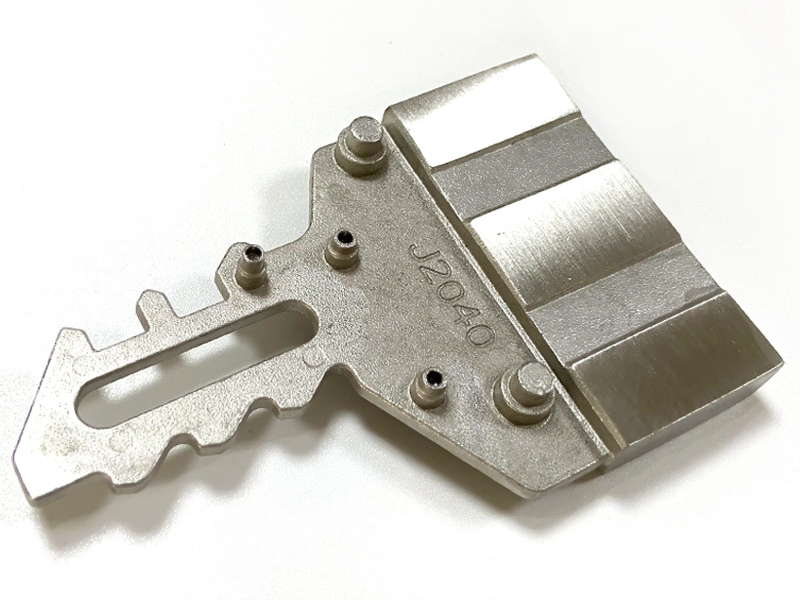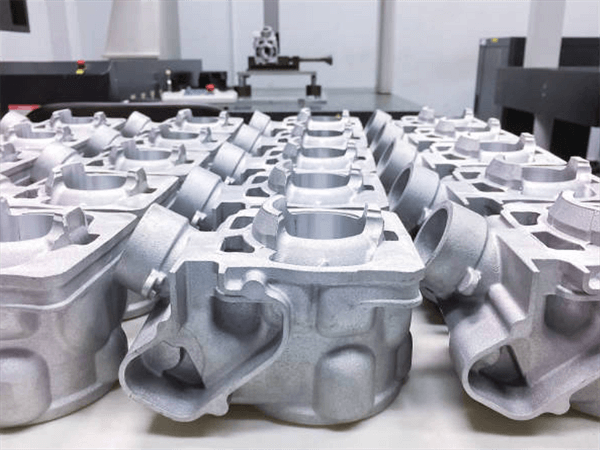What are common challenges in achieving tight tolerances with Zamak die casting?
Understanding Zamak’s Dimensional Behavior
Zamak alloys, known for their excellent fluidity and stability in zinc die casting, still pose challenges when extremely tight tolerances are required. Despite their favorable casting characteristics, slight variations in temperature, mold design, or alloy composition can influence dimensional accuracy. During cooling, Zamak experiences predictable but critical shrinkage, which must be precisely compensated through mold engineering and process control to ensure consistency in high-precision components.
Key Manufacturing Process Challenges
One of the most frequent difficulties arises from the die’s thermal cycling during pressure die casting. Uneven cooling leads to internal stresses and minor warpage, especially in complex geometries. Maintaining consistent mold temperature and shot pressure is essential for dimensional repeatability. In multi-cavity molds, balancing metal flow through gating systems becomes complex, as variations between cavities can yield parts outside the tolerance window.
For critical parts, secondary finishing such as CNC machining prototyping or rapid molding prototyping may be necessary to refine dimensions. Achieving this balance between cast precision and post-machining cost requires tight coordination between tooling design, material behavior, and production volume.
Complex assemblies often involve joining cast Zamak parts with other metals through insert molding, which introduces additional tolerance considerations related to differential thermal expansion and adhesion strength.
Surface Treatment Considerations
Surface finishing processes can subtly affect dimensional precision. For example, electroplating may add microns of coating thickness, while powder coating introduces minimal but measurable layer buildup. Therefore, engineers must account for coating thickness during both design and inspection, especially for parts that require sliding or press-fit tolerances. Improper surface preparation can also lead to uneven coating, which compromises both appearance and precision fit.
Material-Related Limitations
Although Zamak alloys such as Zamak 3 and Zamak 5 offer high dimensional stability, alloy purity and melt management remain critical. Traces of impurities can alter solidification behavior, leading to micro-shrinkage or surface pitting. Engineers sometimes evaluate magnesium alloy or cast aluminum when lighter weight or reduced thermal expansion is required. Likewise, nickel-based alloys or stainless steel inserts can improve mechanical stability in hybrid Zamak assemblies.
Industrial Context and Applications
In the automotive industry, tolerance control is crucial for mechanisms such as window regulators and electronic housings, where misalignment can lead to functional failure. The consumer electronics sector requires precise design at the micro level for connectors and device enclosures. For locking systems, maintaining consistent clearances between moving components ensures tamper resistance and long-term operational reliability.
Engineering Outlook
To achieve ultra-tight tolerances in Zamak die casting, modern foundries are integrating automated temperature monitoring, in-die cooling optimization, and real-time X-ray inspection. As tooling materials and process simulations advance, the margin between cast and machined precision continues to narrow—allowing Zamak components to meet demanding industrial performance standards.



